and another thing(s)...happy (?) C19, JPM + BSC-a-versary; 'soft long bias' -BAML; 'when doves cry' -BNP; lower growth & higher peak URATE and UNCH DOTS -JPM; stock jockey on BID (seems like a FADE)
Good morning … In addition TO all noted HERE yesterday, I wanted to get a few things off my chest (and out of the inbox).
Watching The Players as times moved up due to weather and with some gloomy weather moving in, well, feeling a bit ‘gloomy’ as I reflect on this day in history.
This time of year always brings with it a bunch of memories.
Some good and some, well, less good.
That saying ‘bout those who do not learn from history being doomed to repeat it …
May 20, 2020 944 am ET
WSJ: The Day Coronavirus Nearly Broke the Financial Markets
The March 16 stock crash was part of a broader liquidity crisis that threatened the viability ofAmerica’’s companies and municipalitiesAn urgent call reached Ronald O’Hanley, State Street Corp.’s chief executive, as he sat in his office in downtown Boston. It was 8 a.m. on Monday, March 16.
A senior deputy told him corporate treasurers and pension managers, panicked by the growing economic damage from the Covid-19 pandemic, were pulling billions of dollars from certain money-market funds. This was forcing the funds to try to sell some of the bonds they held.
But there were almost no buyers. Everybody was suddenly desperate for cash…
…“The market is fearing the worst,” Mr. O’Hanley told him.
March 16 was the day a microscopic virus brought the financial system to the brink. Few realized how close it came to going over the edge entirely.
The Dow Jones Industrial Average plunged nearly 13% that day, the second-biggest one-day fall in history. Stock-market volatility spiked to a record high. Investors struggled to unload even safe bonds, like Treasurys. Companies and government officials were losing access to the lending markets on which they rely to make payroll and build schools.
…Companies and pension managers have long relied on money-market funds that invest in short-term corporate and municipal-debt holdings considered safe and liquid enough to be classified as “cash equivalents.” They function almost like checking accounts—helping firms manage payroll, pay office leases and move cash around to finance their daily operations.
But that Monday, investors no longer believed certain money funds were cash-like at all. As they pulled their money out, managers struggled to sell bonds to meet redemptions.
In theory, there should have been some give in the system. U.S. regulators had rewritten the rules on money funds in the wake of the 2008 financial crisis, replacing their fixed, $1 price with a floating one that moved with the value of their holdings. The changes headed off the panic that could ensue when a fund’s price “breaks the buck,” as one prominent fund had in 2008.
But the rules couldn’t stop a panicked assault like this one. Rumors circulated that some of State Street’s rivals would be forced to prop up their funds. Within days, both Goldman Sachs Group Inc. and Bank of New York Mellon Corp. stepped in to buy assets from their money funds. Both firms declined to comment.
… Cboe had made the call to close the floor on Thursday as a precautionary measure, and executives spent Saturday working with brokers to test the all-electronic trading market ahead of its debut on Monday morning. The tests went well, but Sunday’s selloff in stock futures had brought new complications, said Chris Isaacson, Cboe’s chief operating officer. After S&P 500 futures hit their maximum decline, Cboe opted to delay the premarket trading.
While Cboe had sent most of its employees to work from home that week, Mr. Isaacson went into the firm’s Kansas City offices that Monday to monitor the market along with the technology and operations staff….
… but wait, there’s more. On this day — fittingly ALSO a Sunday — back in 2008 …
Bear Stearns collapses, sold to J.P. Morgan Chase
On March 16, 2008, Bear Stearns, the 85-year-old investment bank, narrowly avoids bankruptcy by its sale to J.P. Morgan Chase and Co. at the shockingly low price of $2 per share…
…On Sunday evening, March 16, Bear’s board of directors agreed to sell the firm to J.P. Morgan Chase for $2 per share—a 93 percent discount from Bear’s closing stock price on Friday. (Subsequent negotiations pushed the final price up to $10 per share.) The Fed lent J.P. Morgan Chase up to $30 billion to make the purchase…
… We were (and still are, to some degree) in complete disbelief.
Having worked from home (actually having co locations for continuity sake — an office a few miles down the road from the home office served a couple purposes. First, ability to get out of the house and be in an environment where my partner — my dad — and I could have candid conversations without 'cuffin’ our words (in other words, cuss like drunken sailors) and also to have a place where we could have another body or two. We did, for a bit, have a former Bear repo trader with us giving him a place to come each day as he came to grips with whatever it was just happened, helped him back on his feet and gave a place where he could build himself up and back better.
Not terrible experience for a bond salesman to be knowing all the inner workings and essentially knowing where ‘all the bodies were buried’ and HOW.
Having that inner working knowledge of money markets was a valuable part of his next steps and, frankly, the knowledge gained from his presence, made US better, too, being able to then put the FUN back in FUNding, so to speak.
In any case, this day, 17yrs ago, brings back lots of memories … and with them in mind, I wanted to take this opportunity, in the case i’ve (still)got your attention and YOU have some additional / free time today.
AND ANOTHER THING(s) … for somewhat MORE of the news you might be able to use … a few more curated links for your dining and dancing pleasure …
Yield Hunting Daily Note | March 14, 2025 | S&P Correction, Stay High Quality For Now, Avoid Private Debt
Macro Mornings (where I'd personally suggest a point and click of the RESEARCH tab)
Moving from some of the news to some of THE VIEWS you might be able to use… here’s some MORE of what Global Wall St is sayin’ … things dumped into the inbox on Sunday (and/or which I’ve just stumbled upon …)
‘Merica in the house (from Friday) with a look at the week ahead in global RATES … Apparently, there’s a thing happenin’ in Germany and lots of folks WhINING ‘bout it all …
14 March 2025
BAML: Global Rates Weekly
Everything happens for a RieslingThe View: Fiscal in focus
Two major fiscal events loom on the horizon. US Congress needs to pass a continuing resolution and the German parliament will vote on changes to the debt brake. We stay long the EUR front-end and in 5s30s US steepeners.Rates: Downside growth + sticky inflation = bad cocktail
US: Hold long rate bias, Fed likely to sound out of touch with market growth worries. QT pause will support tactical spread long; we favor longer-term spread shorts.… Fed to risk assets: FOMC ya later
March FOMC meeting next week will have two areas of focus: (1) policy decision, SEP, & Powell presser; (2) QT policy where we expect pause announced & April implementation…… Bottom line: we continue to recommend clients trade duration with a soft long duration bias or at worst be neutral given downside US growth risks & elevated economic policy uncertainty. We continue to like 5s30s nominal steepeners & positioning for a further front loading of Fed cuts if hard data starts to turn. We continue to see asymmetric risks and favor holding conditional bullish structures in the belly and front end.
EU: We review the results of the FX and Rates Sentiment Survey for European rates and discuss the outlook for periphery spreads.
France in the house, ahead of FOMC …
16 Mar 2025 07:00 GMT
BNP: Sunday Tea with BNPP: When doves cryKEY MESSAGES
Markets in the US have been attuned to rising growth risks, but at the expense of underweighting inflation risks – a bias that the Fed may not share at this week’s FOMC meeting. PCE tracking higher and rising inflation expectations suggest greater stagflation risks.
Europe’s watershed moment continues to have an impact. We now see EURUSD at 1.12 in 2025 and 1.20 next year. Key votes in the German parliament take place this week.
Against this backdrop, we see a flatter UST yield curve, lower US real yields, and a steeper Bund curve. We express EUR longs via EURCHF and EURTHB.
Jamie Dimon’s group weighing in … and LOWERING GROWTH F’CAST (when the facts change, I change, something something … what do you do, sir, something something)
14 March 2025
JPM: U.S. Fixed Income Markets Weekly…Economics
Lowering 2024 growth forecast from 1.9% to 1.6%, raising unemployment peak from 4.2% to 4.4%
Forecast anticipates headwinds from tariff actions, weaker sentiment, and more policy uncertainty, with potential downside risk to growth after April 2
CPI and PPI were softer than expected, but PCE inflation is remaining sticky
Latest Fed SEP should have lower ’25 GDP and higher inflation, but no change in this year’s median dot
… The combination of higher inflation and weaker employment growth creates a dilemma for the Fed. We are sticking to our prior forecast for two cuts but can understand why the market looks for more. At next week’s FOMC meeting there should be no change in the policy rate, though the latest Summary of Economic Projections could shed more light on the direction of policy. We expect that 2025 growth in the SEP will get marked down slightly, and that inflation and unemployment will get marked up a small amount. At the December meeting the median dot was for two cuts, and this should carry over to the new forecasts as well. In remarks last week Chair Powell noted the Committee is not prejudging the outcome of trade deliberations and they don’t need to be in a hurry to respond to these developments.
While our growth forecast has worsened and the current quarter is tracking only a small gain it’s also worth acknowledging that not everything is so bad in the here and now. For example, the weekly jobless claims data through early March are stable and aren’t pointing to any immediate break in the pace of job growth, while new daily job postings reported by Indeed have been largely flat for the last five months. Meanwhile, while household economic expectations are slumping in the Michigan sentiment survey, assessments of current conditions have only declined to the bad old days of… November…
…Treasuries
Where do we go from here? The words are coming out all weird
Yields declined early in the week amid weakness in risk assets, but rebounded over the week supported by firmer inflation data and rising European government bond yields
We expect the Fed to remain on hold, make little changes to the policy statement, and leave the median 2025 dot unchanged, given offsetting changes to growth and inflation projections
Yields are once again elevated relative to their drivers and curves appear too steep, thanks to a rising sensitivity to Bund yields. Our European colleagues do not expect yields to retrace lower over the near term, and Treasuries appear unattractive for global investors...
...positioning also remains long and indicates a risk yields could rise over the near term as well. Stay neutral on duration and use any bear flattening to add 2s/5s steepeners...
...we recommend holding 64:11 weighted 3s/10s/30s belly-cheapening butterflies to position for higher term premium
… As we look ahead, the US rates market is caught between cross currents of downside risks to domestic growth and rising term premium globally. Given the already enacted tariffs on imported goods from Canada and Mexico, as well as steel and aluminum tariffs, we have lowered our 2025 real GDP forecast from 1.9% to 1.6%, with most of this weakness being concentrated in 2Q25, and we have raised our unemployment rate peak from 4.2% to 4.4% (see Hold the champagne: revising down US GDP growth, Michael Feroli, 3/14/25). However, it’s notable this does not reflect broader 25% tariffs that have been delayed until April 2, leaving downside risks to these forecasts, particularly in 2H25, if the White House follows through next month. Given that uncertainty over the burgeoning trade war has already impacted business and consumer confidence, the downside risks to growth would support a further decline in yields if markets price in a more dovish path for the FOMC, which would give us a more bullish lean as well.
AND … another Sunday FUNday preview … seems to me, this stock jockey might then be leaning IN towards the ‘40’ in 60/40 …
March 16, 2025
MS: Sunday Start | What's Next in Global Macro: Is the Correction Over?
Michael J WilsonMajor US equity Indices are as oversold as they've been since 2022, sentiment/positioning gauges have lightened up considerably, and seasonals are set to improve in the second half of March for earnings revisions and price. Furthermore, recent dollar weakness should provide a tailwind to 1Q earnings season/2Q guidance relative to 4Q24, and, if historical patterns hold, the decline in rates should lead to upside in economic surprises. In short, we stand by our view that 5500 on the S&P 500 should provide support for a tradeable rally led by the lower-quality, higher-beta stocks that have sold off the most, and it looks as if it may have started on Friday after the S&P traded at 5505 on Thursday.
The more important question is whether such a rally is likely to extend into something more durable and mark the end of the volatility we’ve seen year to date. The short answer is, probably not…
…In my view, it will take more than just an oversold market to get more than a tradable rally. We firmly believe that earnings revisions is the most important variable, and while we could see some seasonal strength/stabilization in revisions, we believe it will take a few quarters for this factor to resume a positive uptrend. As noted in our outlook, the growth-positive policy changes (tax cuts, deregulation, less crowding out, and lower yields) could arrive later in the second half of the year, but we think that’s too far off for the market to contemplate for now. Finally, while the Trump put apparently doesn’t exist, the Fed put is alive and well, in our view. However, that will likely require conditions to worsen either for growth (specifically, the labor market) or in the credit/funding markets, neither of which would be equity-positive, initially. Bottom line, a short-term rally from the bottom of our 5500-6100 range is looking more likely after Friday’s price action. It’s also being led by lower-quality stocks. This factor supports my secondary view that the current rally is unlikely to lead to new highs until the numerous growth headwinds are reversed or monetary policy loosens once again.
… And from the Global Wall Street inbox TO the intertubes, a few curated links …
… on that souring sentiment …
March 16, 2025
Apollo: Consumer Sentiment Deteriorating RapidlyThe March survey of consumer sentiment from the University of Michigan shows the following:
Consumer sentiment is declining rapidly both for households making more than $100,000 and less than $100,000 (see the first chart).
Consumer worries about losing their jobs are at levels normally seen during recessions (see the second chart).
A record-high share of consumers think business conditions are worsening (see the third chart).
Households’ income expectations are declining (see the fourth chart).
Inflation expectations are rising at an unprecedented speed (see the fifth chart).
The bottom line is that consumer sentiment is deteriorating at an alarming rate.
I’m always and forever ‘bout a better understanding …
Mar 16, 2025
TKer by Sam Ro: One of the most misunderstood moments in stock market cycles…The stock market is a discounting mechanism, which means its price reflects expectations for the future, and its price fluctuations reflect the market’s attempt to factor in changes to those expectations.
Believe it or not, in a given moment, the stock market does not care too much about the present state of things. That’s because expectations for the present will have been priced into the market days, weeks, and months in the past.
That is to say, the stock market reacts to news to the degree the new information 1) is not in line with what the market expected for the present, and 2) changes what the market expects for the future.
There are some more factors that drive stock prices over time. But in the context of digesting major news headlines, these are the two relationships to watch.
Because the stock market is so heavily dependent on expectations for the future, we inevitably get moments when stock market behavior appears to conflict with information about the present. Specifically, we sometimes get stock prices falling amid good news and rising amid bad news.
These are some of the most misunderstood moments in stock market cycles…
… finally, this bird on the anniversary of JPM + Bear …
… THAT is all for now. Off to the day job… enjoy whatever left of the weekend ….







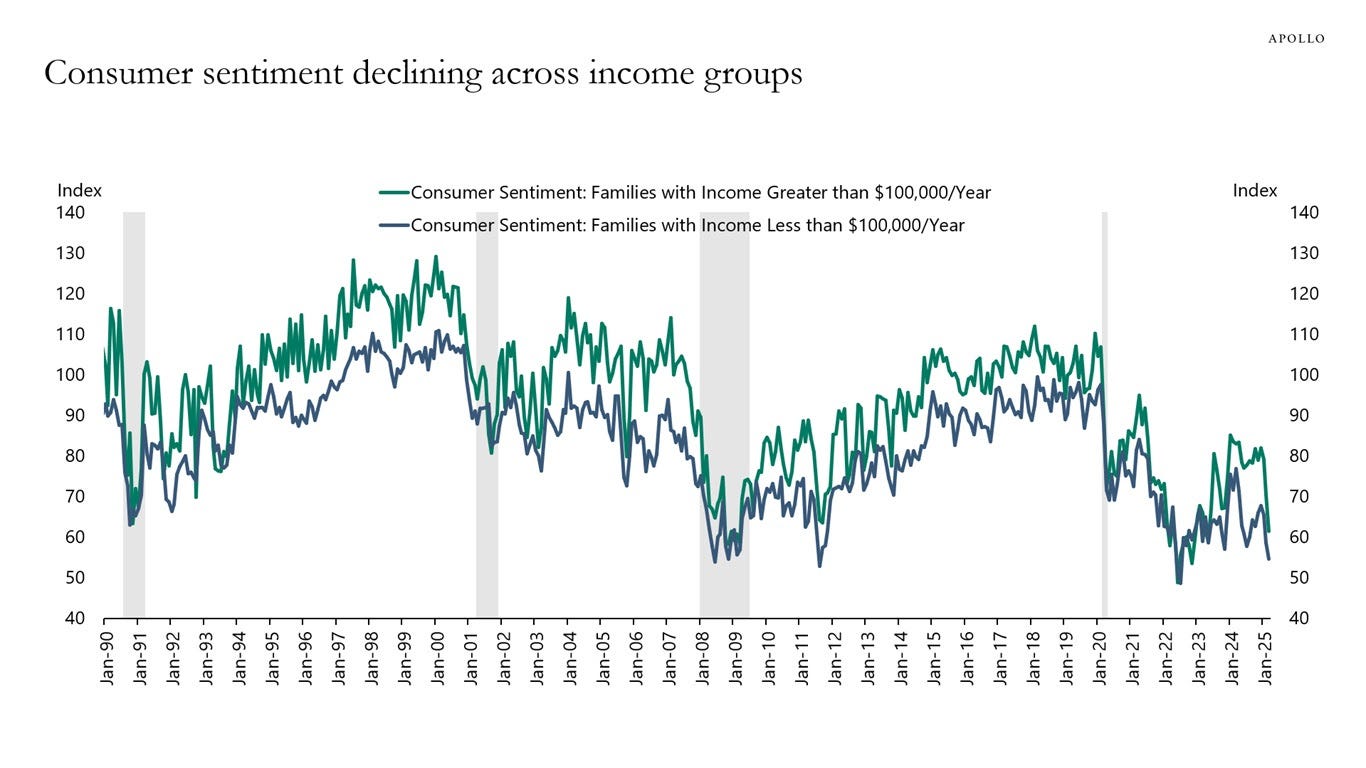
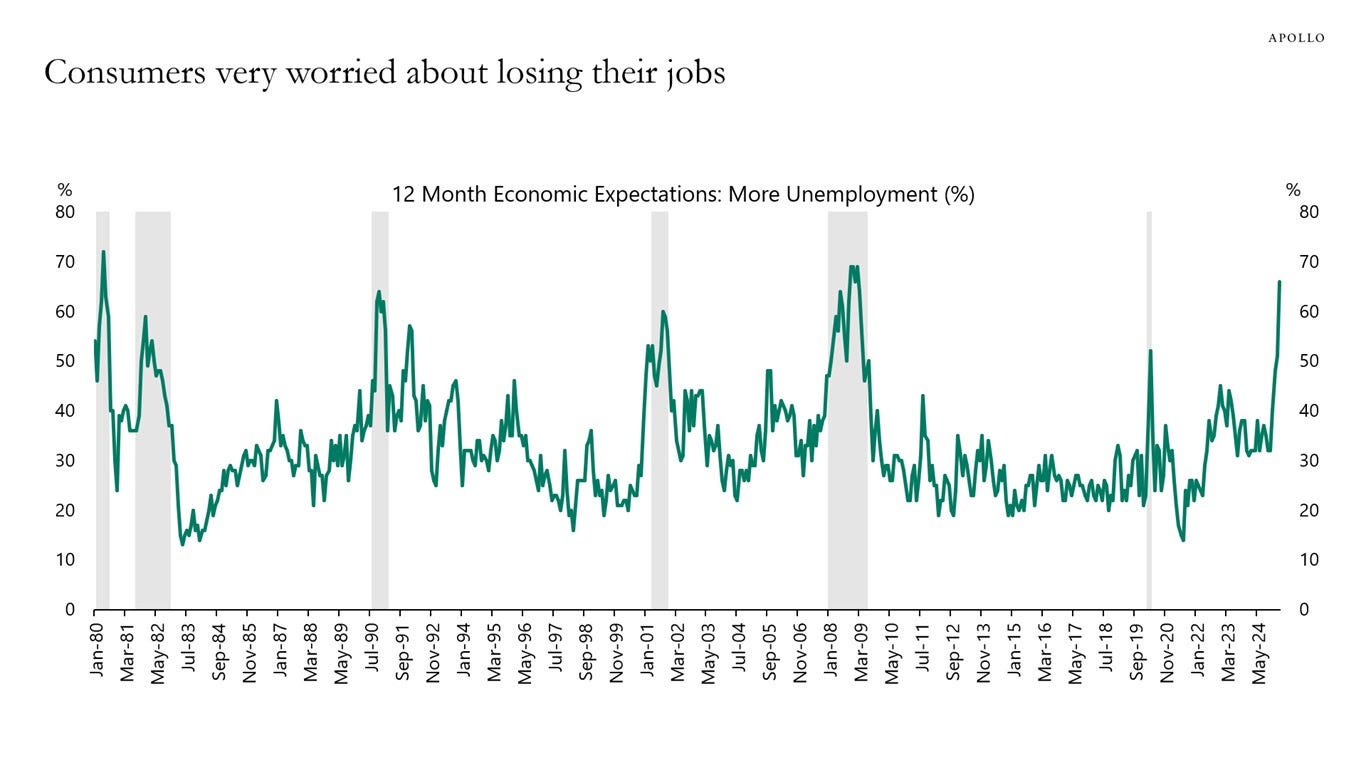
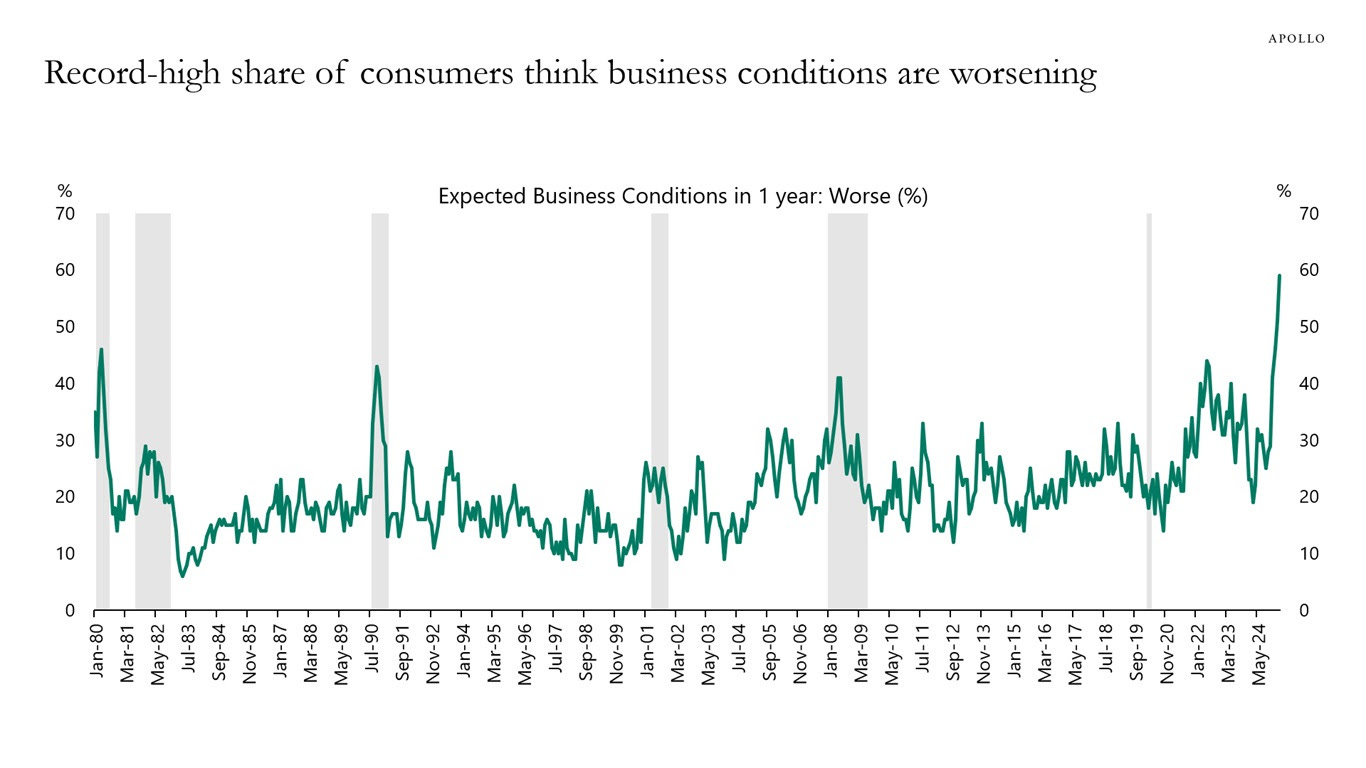
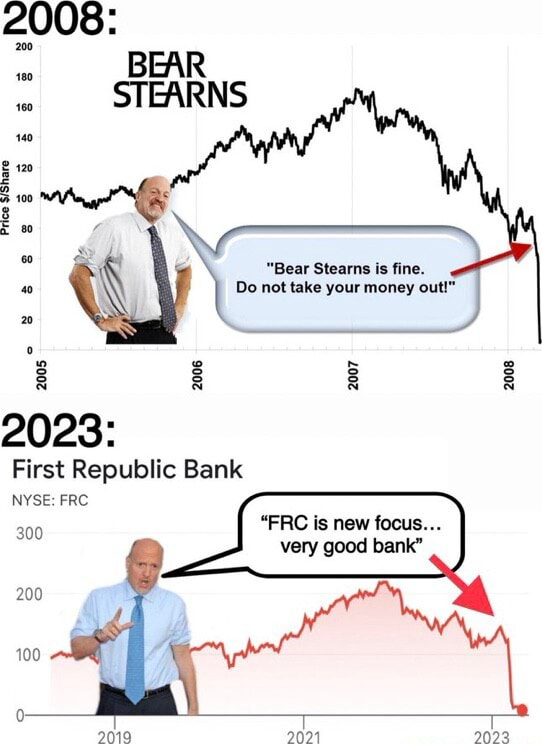


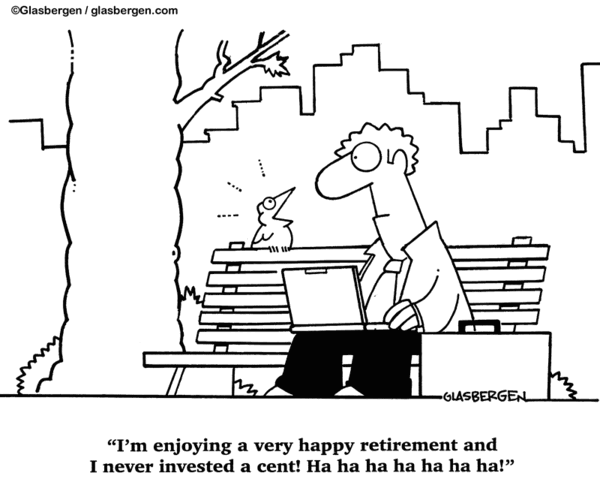
The "ides of March"... make me shudder....
I remember Lehmann and Bear Stearns, vividly....
Horrible mess.....Major Banks were totally irresponsible....Criminal behavior...
Rates: Downside growth + sticky inflation = bad cocktail
Who do I thank, Joe Biden or Jerome Powell or both ???